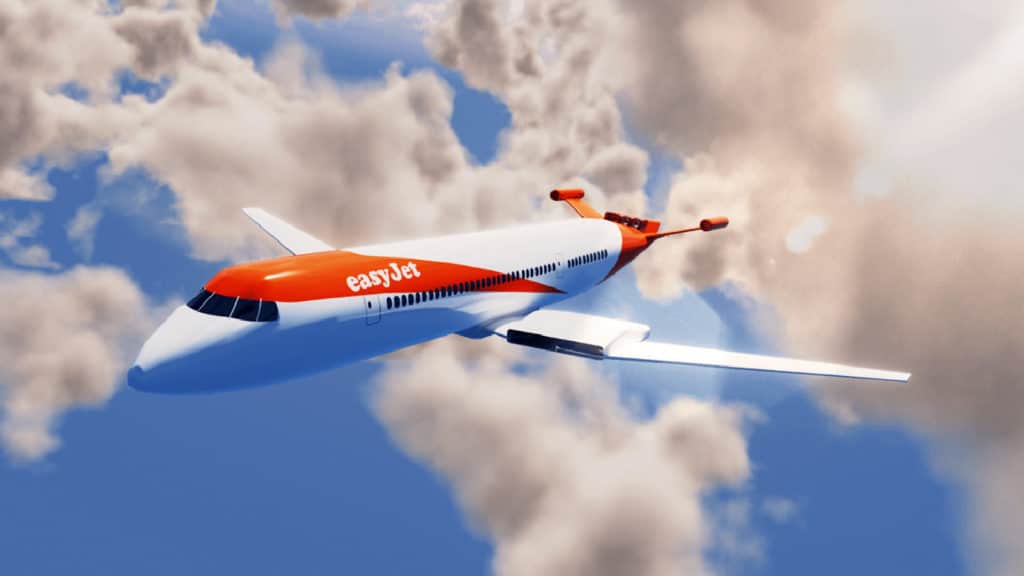Wright Electric, an American startup company, has advanced in developing its first commercially viable, zero-emissions single-aisle aircraft by beginning testing a 2MW motor for electric and hydrogen aircraft.
The motor produces the equivalent of 2,700 horsepower and displays an efficiency of around 10 kilowatts per kilogram.
This marks a 2x improvement over megawatt-scale motors being demonstrated in the industry, the company says. The motor is designed to be scalable from 500 kW to 4 MW for different applications.
According to the company, it is the largest propulsive aerospace motor in existence – about 2x larger than other propulsive motors in testing. It will be a key building block towards zero emissions aviation for Boing, and Airbus-sized planes, which account for more than 90% of the carbon footprint of aerospace.
The new engine will be incorporated into the propulsion plant of the promising Wright 1 passenger plane, though it is also working hard to ensure that its engines can be retrofitted into existing aircraft. The Wright 1 will be a hybrid-electric aircraft that will utilize the company’s efficient propulsion system alongside a hydrogen engine for added range and power for lift.

The aircraft will receive 10 of these engines that will provide it with a power of 20MW, which is as powerful as an A320 Airbus aircraft that major airlines operate today.
A two-motor system could power a 50-seat aircraft such as the ATR-42. On an A320-sized plane, Wright’s motors will enable 10 more passengers per flight than a plane using other industry motors.
“The level of power and weight demonstrated with our new 2 MW motor will become the baseline for any new electric aircraft and is a key technology in our megawatt system,” said Jeff Engler, CEO of Wright.
Wright Electric and British airline EasyJet began developing a regional-range electric aircraft in 2017.
Their goal is to build a 186-seat single-aisle aircraft capable of covering distances of up to 800 miles (1,287 km). It is projected to enter service for airlines in 2030.
For now, the motor will move to the next phase of the development, including integration with an in-house developed highly efficient inverter, high altitude chamber testing, and qualification for flight readiness. The company has received funding from NASA, the US Department of Energy, and US Air Force, and the US Army.

